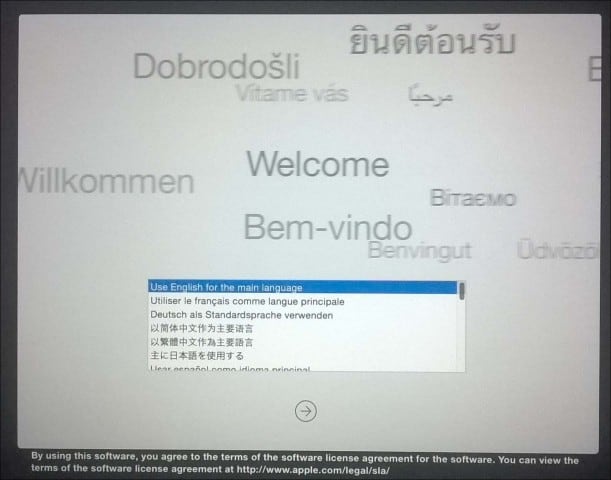Free Recovery Software for Mac restores your accidentally or otherwise deleted data, documents, emails and media files like Photo, Video, MP3 files, etc., from. With an erased 2009 MacBook Pro, as Patrick has, he can’t use Internet Recovery, which will reinstall the original operating system that came with the Mac. If that had worked, you could install. A Safe Mode boot deletes system caches that might help for Recovery mode. Shut down your Mac while holding down the power button until the screen goes black. Wait 10 seconds then follow these instructions. To start up in safe mode: Start or restart your Mac, then immediately press and hold the Shift key. The white Apple logo appears on your.
- Free Apple Operating System Download
- Download Recovery Operating System For Macbook Air Protection
- Free Operating System For Mac
- Mac Operating System Download
- Download Recovery Operating System For Macbook Air Pro
Free Apple Operating System Download
Start up from macOS Recovery
Download Recovery Operating System For Macbook Air Protection
High Sierra is not the shiniest upgrade Apple brought, but it’s one that sets the stage for new upgrades to come. Even out of that context, it’s a great operating system. Should you download it? Yes, if your device can support it. The new options and better security settings are worth getting.
Determine whether you're using a Mac with Apple silicon, then follow the appropriate steps:
- Apple silicon: Turn on your Mac and continue to press and hold the power button until you see the startup options window, which includes a gear icon labeled Options. Select Options, then click Continue.
- Intel processor: Make sure that your Mac has a connection to the internet. Then turn on your Mac and immediately press and hold Command (⌘)-R until you see an Apple logo or other image.
If you're asked to select a user you know the password for, select the user, click Next, then enter their administrator password.
Free Operating System For Mac
Reinstall macOS
Select Reinstall macOS from the utilities window in macOS Recovery, then click Continue and follow the installer's instructions.
Follow these guidelines during installation:
- Allow installation to complete without putting your Mac to sleep or closing its lid. Your Mac might restart and show a progress bar several times, and the screen might be empty for minutes at a time.
- If the installer asks to unlock your disk, enter the password you use to log in to your Mac.
- If the installer doesn't see your disk, or it says that it can't install on your computer or volume, you might need to erase your disk first.
- If the installer is for a different version of macOS than you expected, learn about other installation options, below.
- If the installer offers you the choice between installing on Macintosh HD or Macintosh HD - Data, choose Macintosh HD.

After installation is complete, your Mac might restart to a setup assistant. If you're selling, trading in, or giving away your Mac, press Command-Q to quit the assistant without completing setup. Then click Shut Down. When the new owner starts up the Mac, they can use their own information to complete setup.
Mac Operating System Download
Other macOS installation options

By default, macOS Recovery installs the latest macOS that was previously installed on your Mac.* You can get other macOS versions using one of these methods:
CCleaner - Free junk file cleaner. CCleaner is one free and top Mac cleaner to delete cookies, search. Download FREE AVG antivirus software for Mac. Protection against viruses, malware & spyware. Easy-to-use virus scanning and clean up. 
Download Recovery Operating System For Macbook Air Pro
- On an Intel-based Mac, you can use Option-Command-R at startup to upgrade to the latest macOS that is compatible with your Mac. Exceptions:
- If macOS Sierra 10.12.4 or later was never previously installed, you will receive the macOS that came with your Mac, or the closest version still available.
- If your Mac has the Apple T2 Security Chip and you never installed a macOS update, you will receive the latest macOS that was installed on your Mac.
- On an Intel-based Mac that previously used macOS Sierra 10.12.4 or later, you can use Shift-Option-Command-R at startup to install the macOS that came with your Mac, or the closest version still available.
- Reinstall macOS from the App Store instead of using macOS Recovery. If you can't install the latest macOS, you might be able to install an earlier macOS.
- Create a bootable installer, then use it to install macOS on your Mac or another Mac.
* If you just had your Mac logic board replaced during a repair, macOS Recovery might offer only the latest macOS compatible with your Mac. If you erased your entire disk instead of just the startup volume on that disk, macOS Recovery might offer only the macOS that came with your Mac, or the closest version still available.
